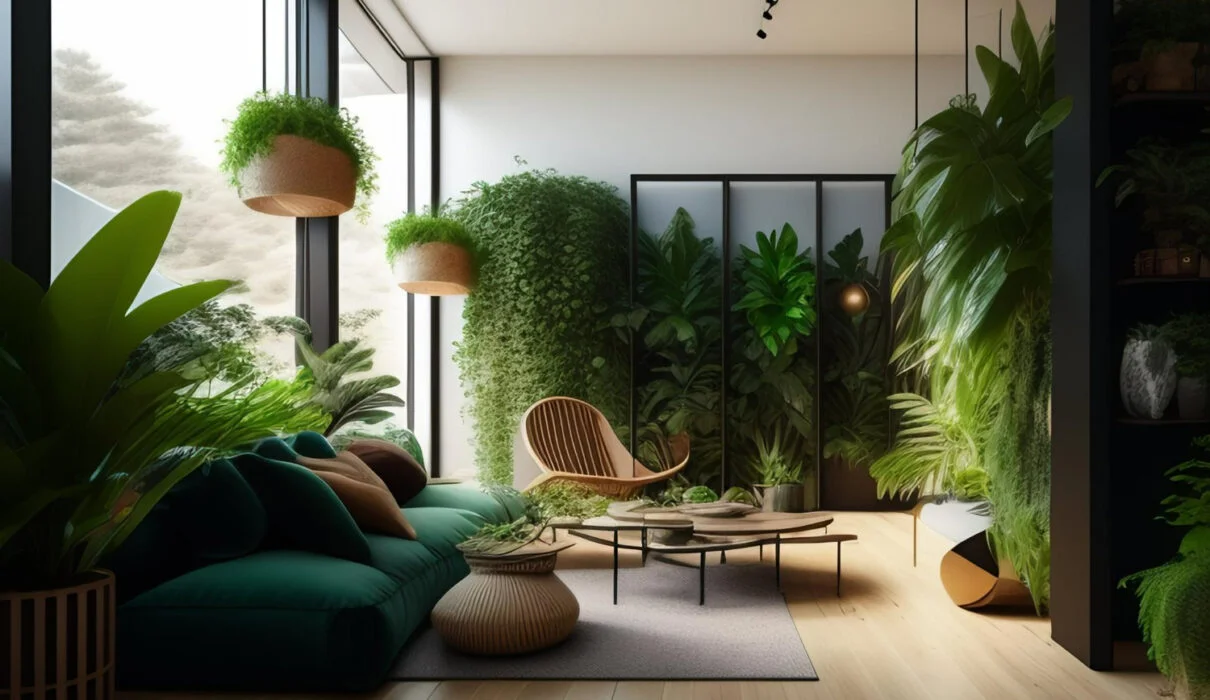Home decor and design can have an incredible influence on our daily lives. The goal is to bring coziness and personal expression into each space we inhabit – something textiles help achieve.
Chintz fabric has experienced an astonishing revival in recent years, making a statement and fitting into many rooms beautifully. Boasting floral patterns on its wide array of glazed cotton weave, this versatile textile makes an impressive comeback in today’s society.
Chintz
Floral patterns have long been associated with chintz fabric. First introduced to Europe by traders following Vasco da Gama’s voyage from India in 1498, chintz enjoyed immense popularity during the late 1600s when nearly one million pieces were imported into England alone for use as draperies, bed hangings, linens or any other purpose imaginable.
Over time, chintz fell out of fashion due to its association with minimalist design – IKEA even encouraged its customers to “chuck out their chintzes.” However, as maximalism made its comeback and chintz once more returned as part of floral patterns and pretty prints.
Fabric houses like Colefax & Fowler, Brunschwig & Fils and Lee Jofa now provide an abundance of patterned chintz options that lend themselves perfectly to traditional, country and contemporary settings alike. This classic print can add visual interest and warmth in both settings.
Taffeta
Taffeta fabric adds subtle sophistication to any environment with its luxurious feel, smooth texture, and wide variety of colors and patterns. Furthermore, taffeta can also be found as the lining in jackets and coats, providing insulation while still enhancing their elegant silhouettes.
Taffeta was traditionally composed of silk or linen cloth; today it’s made with both natural and synthetic fibers. Silk taffeta remains one of the most elegant fabrics available; polyester offers more accessibility without losing its distinctive sheen. Taffeta can also be woven in various styles including iridescent and moire finishes to further add visual interest. Care should be taken when handling and storing this delicate material as it prone to wrinkles easily.
Damask
Damask fabric and weaving techniques originated in Syria’s Damascus city and have since been made accessible, appearing everywhere from bedding linens to drapery. Once considered solely suitable for luxurious events and palaces, damask has since been adopted by mainstream consumers, even appearing in their everyday homes as bedding linens or drapery fabrics.
Damask patterns add elegance to any home decor project, available in multiple colors and sizes with smaller repeats ideal for larger projects such as reupholstering furniture or window treatments.
No matter whether it is made from cotton, wool, silk or synthetic fibers, damask fabric never goes out of style. Thanks to its timeless designs and rich history, damask adds sophistication and elegance to any room – just ensure that when purchasing it carefully fold and store in an airtight container away from light or pests!
Geometric
Geometric shapes add an elegant and contemporary aesthetic to home decor, whether they are found on chairbacks or living room false ceiling designs. From circles, squares, rectangles, hexagons and triangles – simple shapes like these captivate imaginations while inspiring modern interior designers to incorporate them into their designs.
Geometric styles tread an elegant balance between geometric angles and polished sensibility, instantly revitalizing any room with energy while remaining true to itself. An infusion of geometric home decor can bring life and vitality into any living space while staying true to itself as part of many design traditions while remaining aesthetically pleasing.
Starting with curtains to boho-chic paisley rugs, the geometric trend is easy to adopt. Start slowly by adding accent pieces incorporating different shapes to your space. As soon as you feel ready, take the leap into full geometry design schemes by adding wallpaper patterns or flooring adorned with geometric designs.
Gingham
Gingham fabric is composed of medium to lightweight cotton blends that is woven to form check or plaid patterns. Its traditional check prints include white with one other hue; its size varies. Gingham’s country charm remains popular today; its look conjuring feelings of safety domesticity while exuding old-fashioned authenticity, providing cottage core style in our homes as well as feminine homespun or Patsy Cline-esque rockabilly looks.
If you want to use gingham in your decor, try pairing smaller scale prints together for added visual interest. Break up larger prints with solid fabrics like an armchair or love seat so it doesn’t dominate the space; layer gingham fabrics together as well for greater visual interest.





